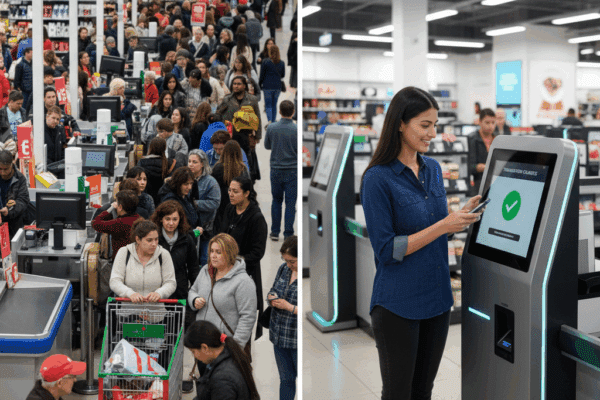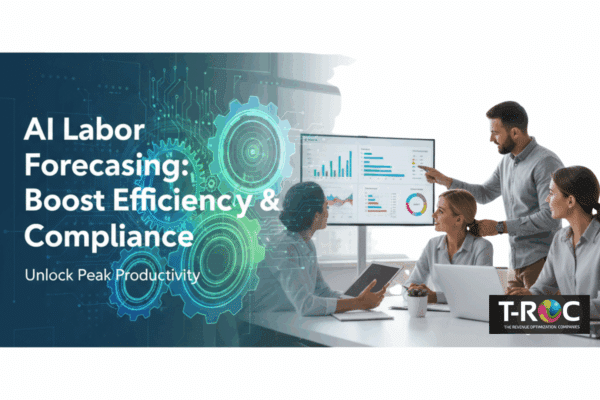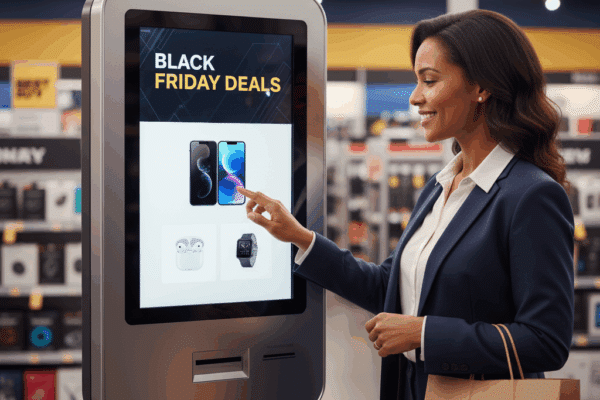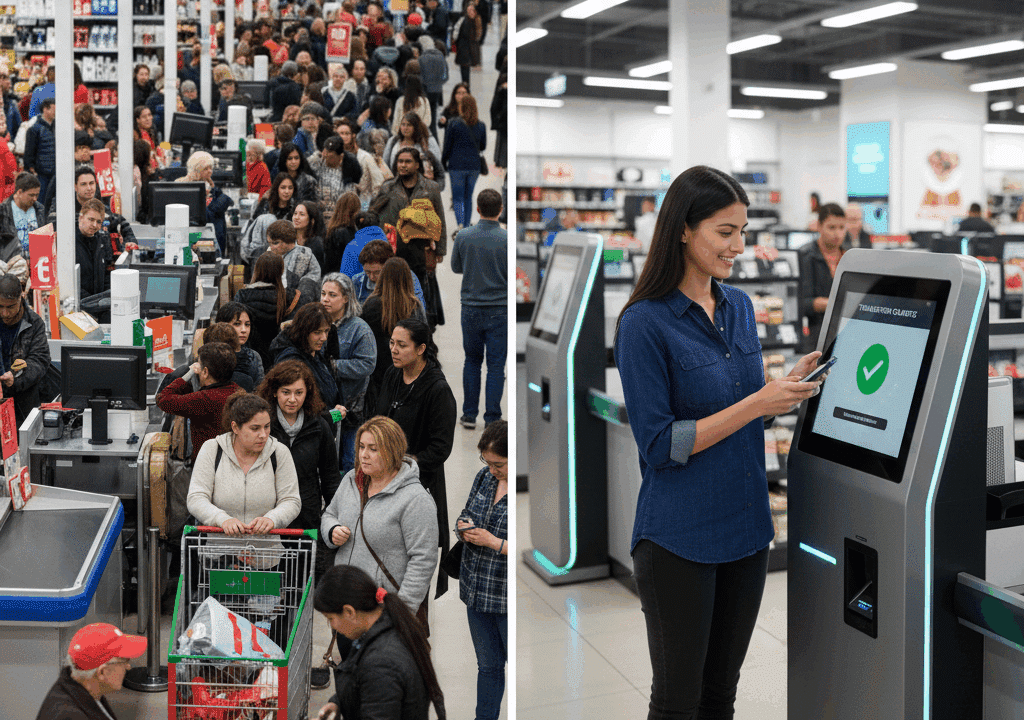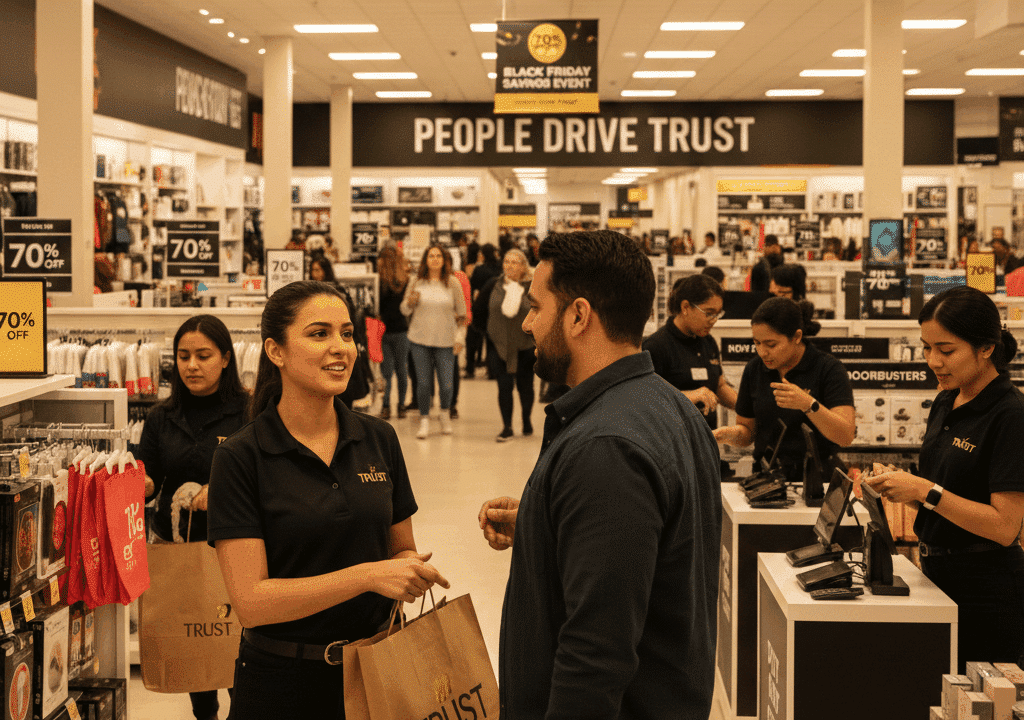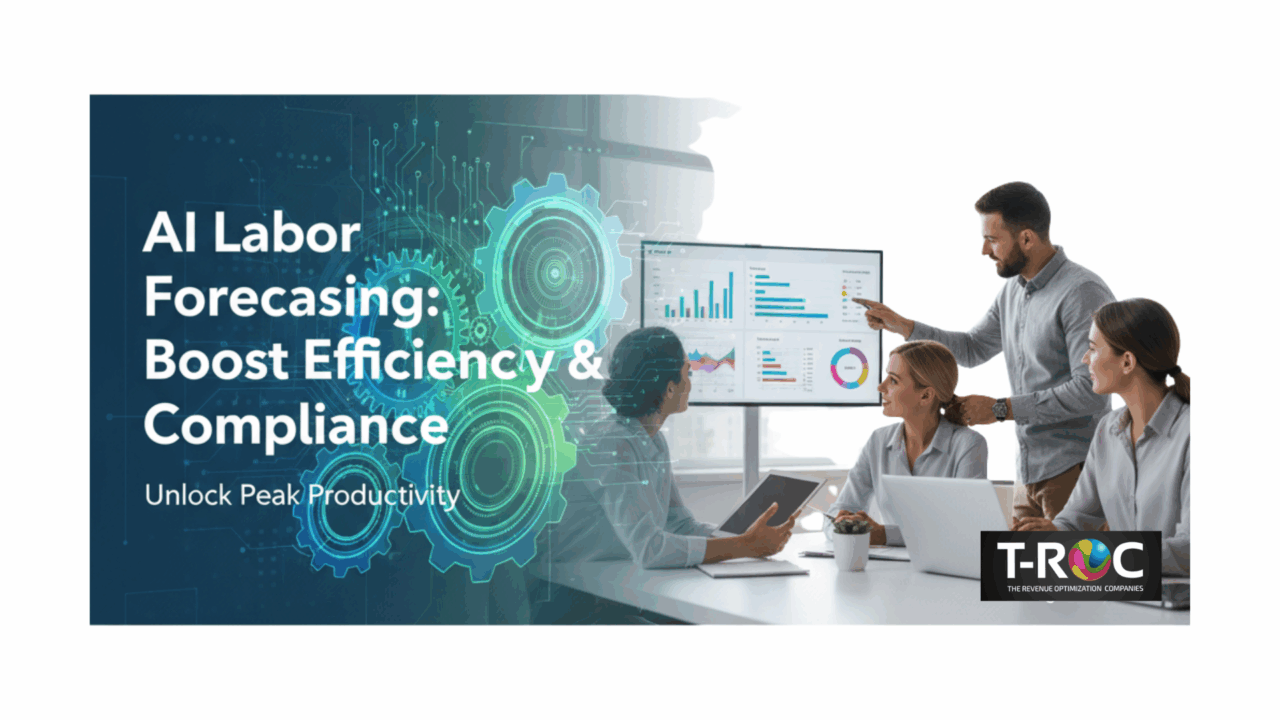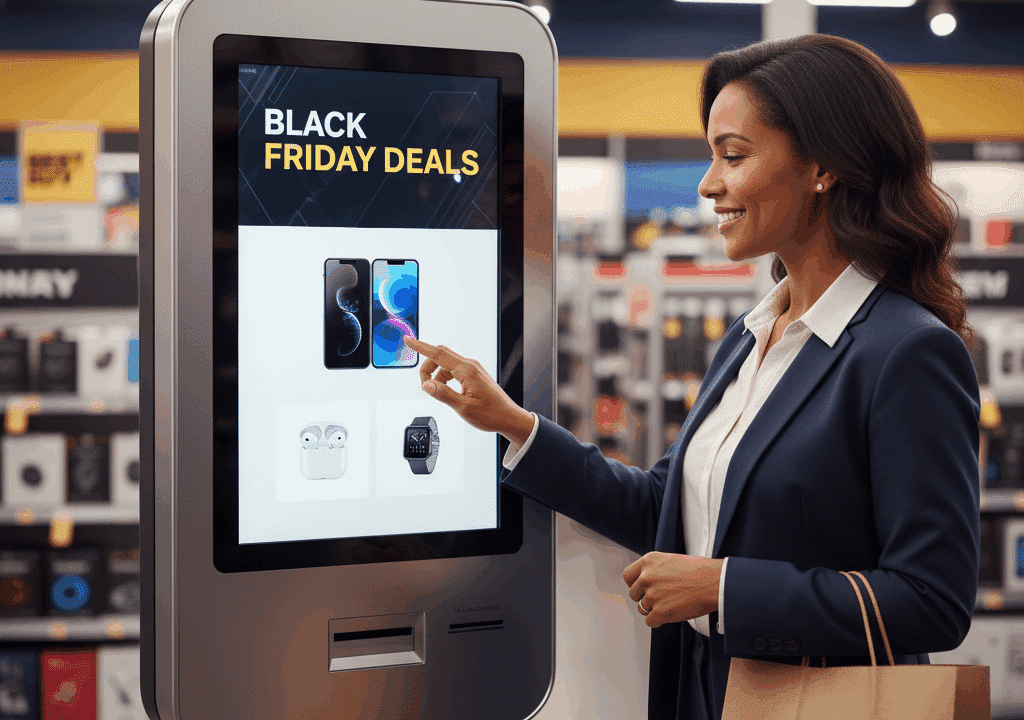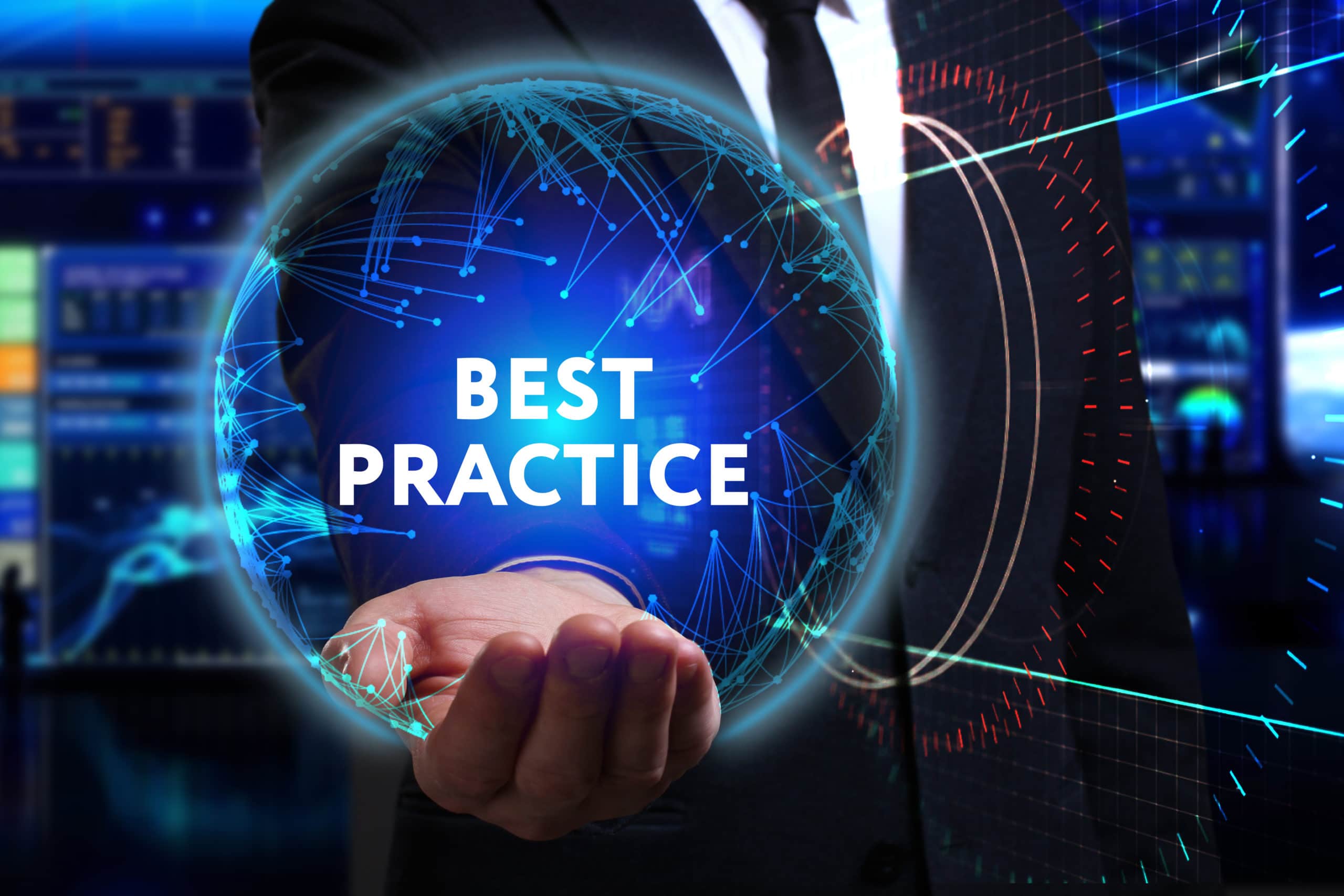
Best Practices for Successfully Improving Retail Store Operations
In An Age Of Digital Everything, Retail Best Practices Are Still A Driving Force Behind Successful Store Operations
The right tools are pointless unless you’re able to get the most out of them
You’ve heard the old adage, “the more things change, the more they stay the same.” Believe it or not, in many respects this cliché is quite applicable to today’s retail industry. This might sound like a strange observation because we all know the resources and expertise required to operate a retail store are evolving so rapidly it’s enough to make anyone’s head spin. That being true, success still comes down to having a good and accurate understanding of your stores and staff, your product and brand merchandising, your management structure, your customers and your sales channels.
In other words, success comes down to having retail store operations best practices in place to guide and grow your business. The fact is, without sound best practices, everything else may well just be a collection of ineffective bells and whistles.
Take A Hint From Online Retailers – Before It’s Too Late
Over the past few decades, online retailers have rewritten the operations handbook with innovative new rules created to drive their blossoming e-commerce businesses. Now, many of these cyber sales gurus, led by leaders like Amazon, are entering the physical space to compete with brick and mortar retailers on their own turf. Spoiler alert – they’re succeeding.
More critically, the entry of online retailers into the physical space is fueling a new wave of sales and service that requires retail businesses to focus on establishing clear best practices across all channels. On top of that, this has to be done in the midst of sweeping changes in technology and operations taking place throughout the industry.
No doubt, you’ve heard about Retail 4.0 – the term coined for a new era of retail that’s bringing online digital practices and exciting new data-driven technology to the brick and mortar store. Retail 4.0 has burst onto the scene with solutions that are revolutionizing sales and there’s no turning back. That’s exactly why now is the time you need to put best practices in place that can help you turn these solutions into measurable retail success stories.
How effective are your retail store operations best practices? Are they getting the job done or are you leaving sales on the table? We asked the experts at The Revenue Optimization Companies to point out a few key areas that should be addressed by retailers when examining best practices. To dig deeper, talk with the experts.
Omnichannel Versus Old School
These days, retail is about delivering a personal shopping experience. The art of the sale has become all about the customer, and that customer is rarely an easy one to please.
Shoppers demand store experiences and service options that cater to their specific wants and desires. Forget meeting them half way. Retailers need to give customers the ease and convenience they demand by succeeding across multiple delivery channels. It means integrating online and physical store operations and making sure navigating both is a seamless and enjoyable experience.
- Can the customer browse on line and find the same product selection when he or she visits a physical store?
- Can customers order a product online and pick it up in-store?
- Can customers return items bought online at a brick and mortar location?
- Does your website contain all the information customers need to know about specific stores – hours of operation, directions, in stock items, out of stock items, etc.?
- Do you incorporate email, social media and other programs to foster deeper customer relationships?
How well you practice omnichannel retail depends on how well your sales channels work in concert. Ask yourself this one important question. Do your online, email and in-store operations drive performance for each other or do they compete with each other? If you answer the latter, it’s surely impacting sales and it’s probably time to update the management of your retail channels.
Contact Us For A Free Consultation
How Well Does Store Staff Represent Your Business?
Your staff is the face of your retail operations. How they interact with customers and the level of service they provide have dramatic short and long-term sales implications. Good customer service is more important than ever in today’s demanding retail industry.
Is your staff properly trained to provide the level of personal service you want to deliver? Do they understand your many products and policies well enough to earn the customer’s trust? Also, do they receive ongoing training to keep up with changes in your stores and in the marketplace, and do you provide any unique customer engagement tools or technologies to assist your staff in selling?
Then there’s the hiring process itself. How do you find the best people? Are you pooling from a vetted population of applicants who have the background and skill set you’re looking for, or are you leaving too many things to chance?
Onboarding and staff management is one of the most process-driven functions retailers face. The only way to succeed is by having clear best practices in place.
How does your retail company handle staffing operations? Hint: many of the world’s top brands and retailers like to outsource to specialized companies that already have great talent and hiring best practices in place.
Inventory Management And Merchandising
In an omnichannel retail world, the management of products, shelf space, displays, shipments and warehousing is critical. After all, nothing blows an easy sale like not having the product in stock. Also, nothing is costlier than being stuck with too much inventory that’s not going anywhere.
It’s a delicate balance of operations that requires logistical expertise, as well as the ability to make sure each one of your stores and retail channels is optimized to move merchandise.
“Retail has entered a new era when things are moving and changing at such a pace it can be hard for brands and retailers to keep up,” says Brett Beveridge, Founder and CEO of The Retail Optimization Companies, better known as T-ROC, a leading innovator in retail operations, “Things like the management of inventory and merchandising now have to be carried across a number of different sales channels. You’re managing suppliers, distributors and probably a bunch of other partners. At the same time, we live in an instant gratification world, so you can’t afford any lapses in supply chain management. The right products better be on shelves at the right time, displayed and priced attractively, and any issues that may arise need to be handled as expediently as possible.”
In other words, it’s both a behind-the-scenes and a frontline challenge. Retailers need a reliable inventory management system in place. They also have to focus on store appearance, the shopping experience, and actively selling products through optimized merchandising, displays, pricing, and service.
Examine your own inventory operations. Take a close look at how well your merchandising is driving sales and store performance. This leads us directly to one of the most important best practices of all – leveraging the latest retail technology to improve performance across the lifecycle of retail operations.
The Digital Domain – The Future Of Selling
Earlier in this article, we touched upon Retail 4.0. Now, it’s time to explore this new age of retail further. It’s impossible to discuss retail best practices without bringing up the digital solutions that are changing the game in the industry.
“Today’s retail leaders are driving operations with data and insights captured using the latest digital solutions,” according to Eduardo Santaella, Chief Operating Officer of Mobile Insight, a division of T-ROC that focuses on digital retail solutions, “the best practices we bring clients like Xfinity, Samsung, Facebook and Walmart, are being driven by data we capture through integrating new technologies into their operations.”
The primary value of leveraging digital solutions is visibility. Technologies like smart data forms, AI, autonomous robots, in-store sensors and other tools provide retailers with a deep dive into their operations that was not possible even just a few years ago. This new insight makes it far easier to develop, revamp and improve best practices.
A good digital solution can reveal:
Store appearance – Capture real-time photos of merchandising, displays, marketing, signage, store cleanliness and more. You’ll see stores the same way customers experience them and that’s sure to help you alter or initiate best practices to resolve any issues.
Product sales and inventory – Actionable data shows exactly what products are moving and what locations are selling. Just as important, you’ll know which ones are struggling.
Peak traffic times – It’s a lot easier to build best practices when you know how and when customers like to shop.
Staff performance – Are they providing great service? Are they converting sales? Do they know how? Perhaps, it’s time to address your training programs?
Customer engagement – What kind of shopping experience are you delivering? What kind of relationships are you building with customers? Maybe a new email marketing or loyalty program is worth considering.
These are just a few of the many insights digital retail solutions provide that will open your eyes as to how well your best practices are working. The caveat is finding the most effective and cost-smart way of implementing these new solutions. If you’re interested in learning more about Retail 4.0 and other critical aspects of developing retail best practices, the experts at T-ROC will be happy to elaborate.
Contact Us For A Free Consultation
TROC is the leading provider of premier staffing outsource, software, managed technology services, and consumer insights for the top global brands, retailers, manufacturers, service providers, and distributors. The company’s distinctive solutions address the entire lifecycle of brick and mortar brand and retail operations by combining retail expertise, best practices, and technology to help its customers achieve sales and operational excellence as well as a sustainable competitive advantage. As a Retail 4.0 thought leader, T-ROC enables companies with high-value products in the physical world to thrive through the digitalization of the physical shopping experience. To learn more about T-ROC, visit www.trocglobal.com.

